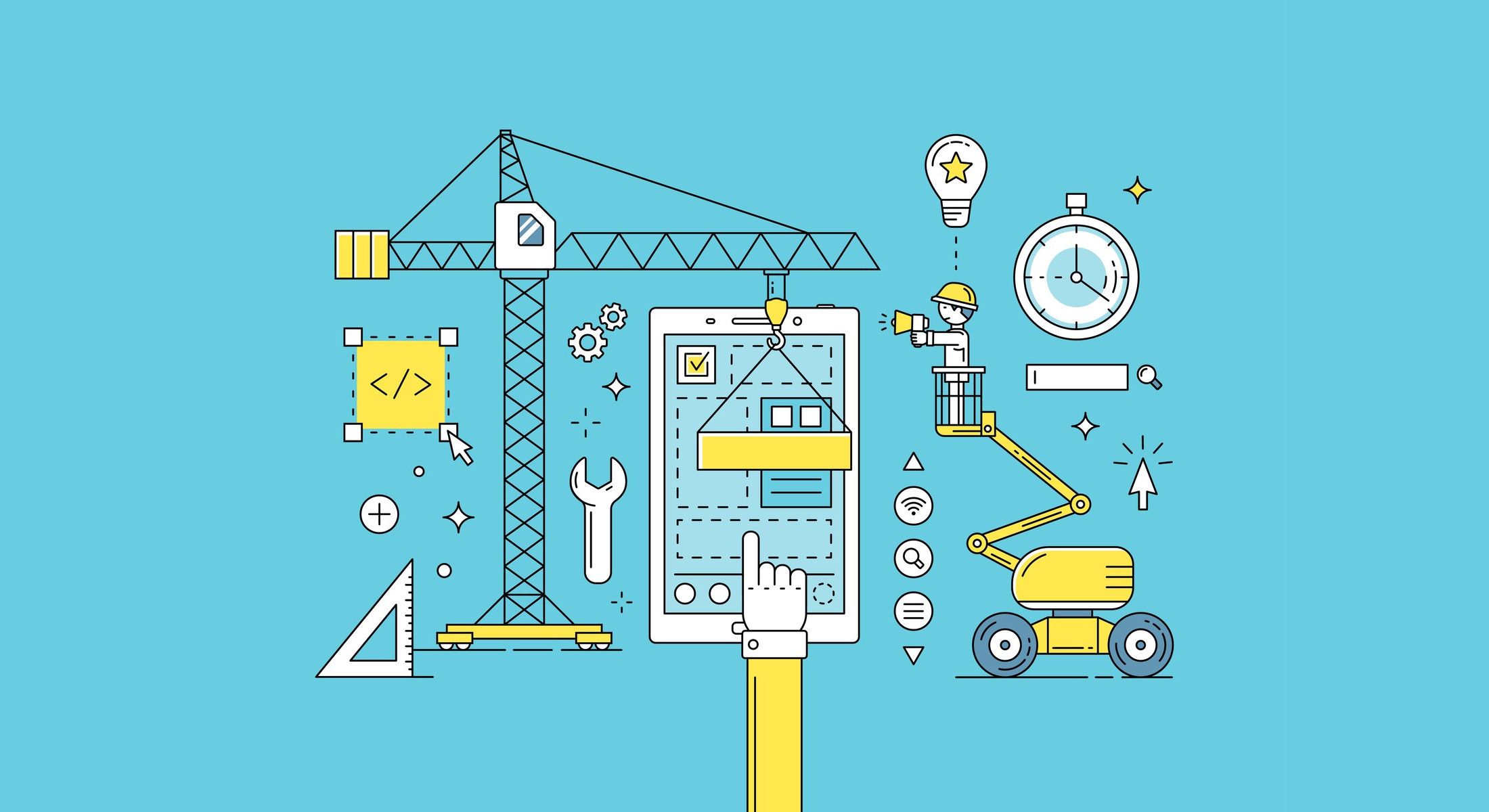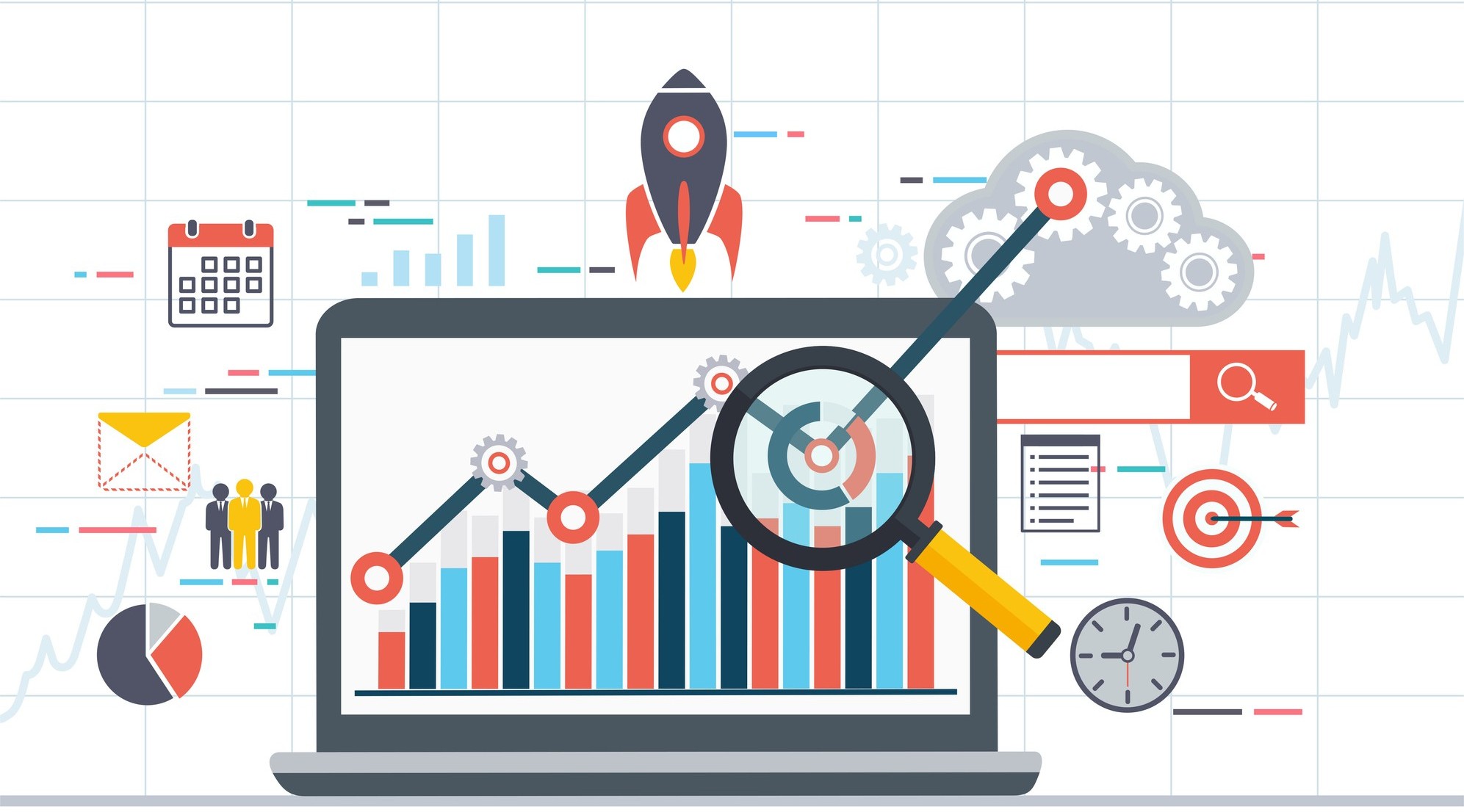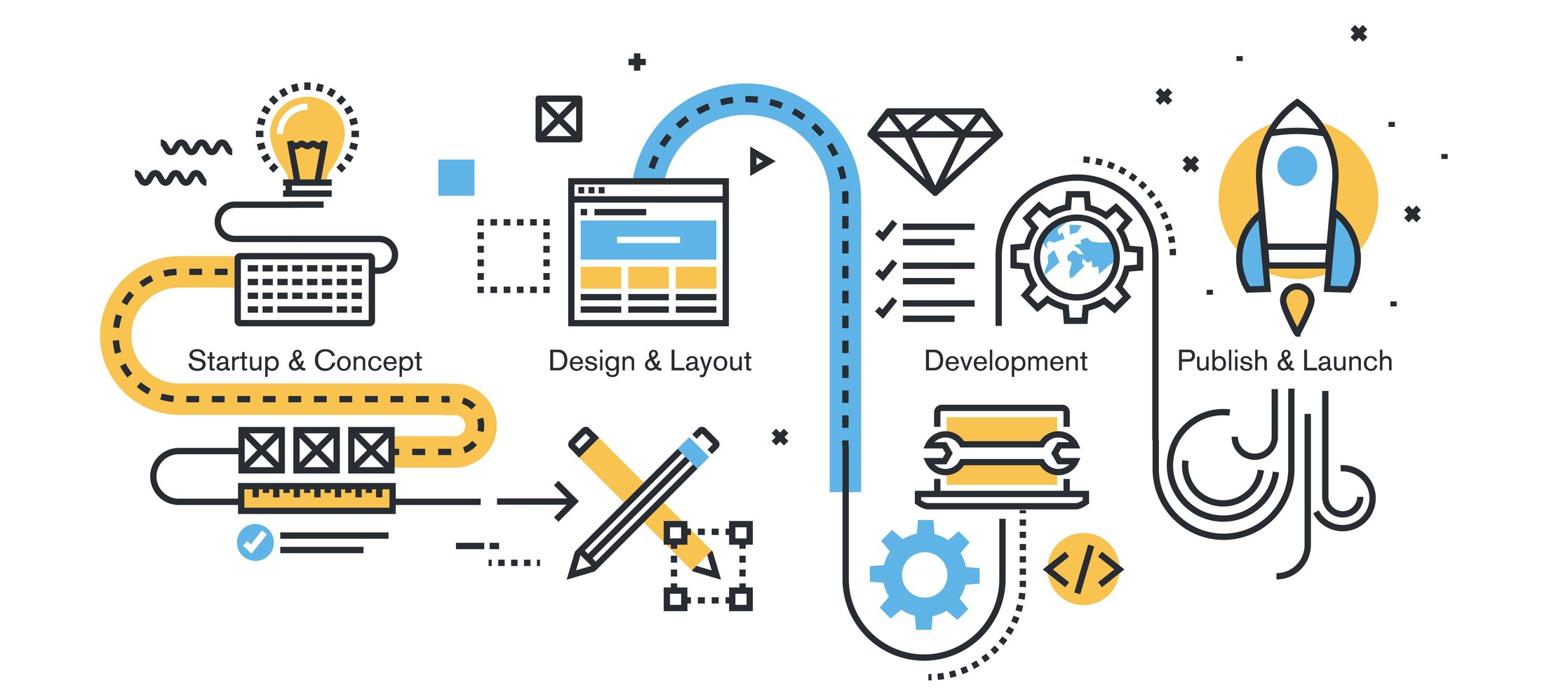If you're running a website, chances are you're using a Content Management System (CMS) like WordPress, Joomla, or Drupal. These platforms have become the cornerstone of modern website management, providing a user-friendly way to publish content, manage media, and administer various website functions. However, as fantastic as these CMS platforms are, they're not set-it-and-forget-it solutions. Regular CMS updates are released, addressing everything from minor bugs to significant security vulnerabilities.
Importance of Regular CMS Updates
Keeping your website's Content Management System (CMS) up-to-date is not just an optional task—it's a necessity. Regular CMS updates serve multiple purposes, from enhancing security protocols to improving website performance and ensuring compatibility with new technologies.
Security Enhancements
One of the most compelling reasons to keep your CMS updated is to benefit from the latest security patches and enhancements. With cyber threats evolving at an unprecedented pace, a single vulnerability could put your entire online presence at risk. Regular updates help protect your site from hacking, data breaches, and other cyberattacks.
Improved Performance and Features
Updates aren't just about patching holes; they're also about enhancing your CMS's performance and adding new features. This can range from speeding up your website's load times to adding new functionalities that make content management easier and more efficient. Failing to update can result in you missing out on these improvements, and your site could become sluggish or less user-friendly over time.
Compatibility Issues with New Technologies
For technology, change is the only constant. New plugins, tools, and software that can improve your site are continually being developed. However, if your CMS is outdated, you might find that these new technologies aren't compatible with your website. Regular updates ensure that your CMS can work seamlessly with the latest technologies, helping you maintain a website that's not just secure, but also modern and functional.
What Happens When You Ignore CMS Updates
Ignoring CMS updates to your Content Management System (CMS) might seem like a trivial matter, but the consequences can be significant and far-reaching. Operating your website on outdated software not only leaves you susceptible to security breaches, but it also leads to poor site performance and compatibility issues.
Increased Vulnerability to Cyber Attacks
When you neglect to CMS updates, you're essentially leaving your website exposed to various security risks. Hackers are always on the lookout for websites with outdated systems to exploit. Ignoring updates means you're missing out on vital security patches that could protect your site from malware, data breaches, and unauthorized access.
Deteriorating Website Performance
Outdated CMS platforms are more likely to suffer from performance issues, such as slow load times, frequent crashes, and reduced functionality. This creates a poor user experience, which can significantly impact visitor retention, search engine rankings, and ultimately, your brand's reputation.
Incompatibility with New Plugins or Extensions
As technologies advance, so do the plugins and extensions that enhance your website's functionality. However, failing to keep your CMS updated might mean that these newer tools won't work with your site. This not only limits what your website can do but may also lead to existing plugins malfunctioning, causing a chain reaction of issues that could affect your site's overall performance.
Costs of an Outdated CMS
You might think that postponing or avoiding CMS updates is a way to save money, but the reality is quite the opposite. Running an outdated CMS carries with it a set of costs that can far outweigh the expense of regular updates.
Immediate Costs: Breach Recovery, Temporary Fixes
When your CMS is outdated and susceptible to security breaches, the immediate costs can be substantial. Recovery from a cyber-attack involves not just the technical aspect of fixing the issue, but also potentially hefty legal fees if customer data is compromised.
Additionally, you might need to spend on temporary fixes or third-party services to quickly patch vulnerabilities, which are often not as effective as a proper update would be.
Long-term Costs: Re-development, Loss of Business and Customer Trust
Ignoring CMS updates can also have long-lasting financial implications. For instance, an outdated CMS may require a complete overhaul or re-development to bring it up to current standards, which is far more expensive than regular updates.
Furthermore, a poorly functioning or compromised website erodes customer trust and can result in a loss of business. Once you've lost a customer's trust, it's incredibly hard to win it back, and the reputational damage can have a ripple effect that is difficult to quantify but significantly impactful on your bottom line.
Lifecycle of Plugins and Themes
When managing a website, it's not just the CMS that needs attention; the plugins and themes you use are equally important. You might be tempted to pick the most appealing or least expensive options, but have you considered their lifecycle?
One of the ways to mitigate the costs associated with CMS updates is by carefully selecting plugins and themes that have a long lifecycle. Plugins and themes with active development teams and regular updates are more likely to be compatible with newer versions of your CMS, be it WordPress, Joomla, or Drupal.
Before committing to a particular plugin or theme, look for indicators like frequent updates, high ratings, and positive reviews, which can give you a sense of its longevity and reliability.
Choosing plugins and themes with long lifecycles can greatly reduce your costs when it comes to major framework updates. Because these plugins and themes are regularly updated, they are more likely to be compatible with newer CMS versions without requiring extensive modifications.
On the other hand, if you opt for plugins or themes that are rarely updated or have been abandoned by their developers, you might find yourself in a situation where a major framework update breaks your site. In such cases, the costs can pile up as you'll either have to replace the outdated plugins and themes or spend time and resources fixing them.
Predictability and Unpredictability
It's important to understand that the world of technology is in a constant state of flux. While we can make educated guesses based on trends and announcements from software developers, we cannot predict with certainty when and how technology will change. This includes the potential for updates to cause compatibility issues, performance dips, or even security vulnerabilities. This level of uncertainty can make managing your CMS a complex task that requires ongoing vigilance.
Planning for the Unpredictable
Because the landscape is always changing, planning for the unpredictable is not just an option; it's a necessity. Budgeting for unexpected costs is a smart way to prepare for unforeseen technological changes. Whether it's setting aside a contingency fund, regularly checking for plugin and theme updates, or having a trusted development partner on standby, these measures can help you navigate the uncertainties that come with operating a website.
By staying proactive and planning for unpredictability, you minimize risks and make it easier to adapt to changes as they occur. This approach helps you avoid getting caught off guard, allowing you to maintain a secure, functional, and efficient website without any major disruptions to your business operations.
Options for Those Not Prepared to Bear Update Costs
Understanding that not every business is prepared to bear the costs associated with frequent CMS, plugin, or theme updates, there are different pathways you can consider to keep your website operational. Below are some options, along with their pros and cons.
Option 1: Basic Maintenance Services
- Pros: Lower Costs
Opting for basic maintenance services usually means less financial burden upfront. These services often cover rudimentary updates and perhaps basic security measures. - Cons: Limited Features, Higher Long-Term Costs
However, you get what you pay for. Basic services often leave out crucial aspects like in-depth security audits, performance optimizations, and ongoing feature updates.
Neglecting these elements may result in higher costs in the long run due to potential security risks and lost business opportunities.
Option 2: Fully Managed Services
- Pros: All-Inclusive, Lower Risk
Fully managed services take care of all aspects of your website, from regular updates and security to performance optimization and feature rollouts. While it might cost more upfront, the comprehensive nature of these services often results in lower risk and better long-term value. - Cons: Higher Upfront Costs
The drawback is the higher upfront investment required. However, if you consider the value of peace of mind and reduced risk of cyber threats or performance issues, the cost may justify itself over time.
Option 3: Website Builders like Wix, Squarespace, and Weebly
- Pros: User-Friendly, No Maintenance Required
Website builders are incredibly user-friendly and offer a straightforward way to get a site up and running. These platforms manage all the technical aspects, including updates and security, which means you don't have to worry about maintenance at all. - Cons: SEO Limitations, Lack of Customization, Hidden Costs
While website builders may seem like an easy and cost-effective solution, they come with a host of limitations. Firstly, these platforms are generally not as SEO-friendly as custom-built sites, which could result in lower rankings on search engines. Secondly, customization options are limited, making it difficult to add specific functionalities or features unique to your business. Finally, while they may advertise a low monthly fee, many essential features often come as paid add-ons, which can increase your costs over time.
Each of these options has its own set of advantages and drawbacks, and the right choice will depend on your specific needs, technical capabilities, and budget. Make sure to weigh the pros and cons carefully to decide which path is the most sustainable for your business.
Making a Decision
Maintaining an updated CMS isn't just an administrative task—it's a critical part of safeguarding your business, enhancing user experience, and ultimately protecting your investment. Outdated CMSs don't just risk security breaches and loss of data; they also hamper performance, lead to compatibility issues, and could result in both immediate and long-term financial losses. By being proactive, you can ensure that your website remains a valuable asset to your business, rather than a liability.
Are you ready to take the necessary steps to keep your website updated, secure, and performing at its best? Don't let the hassle of updates put your business at risk. Contact e-dimensionz for a tailored quote on making sure your site stays up-to-date and secure. Your website is an investment worth protecting.




